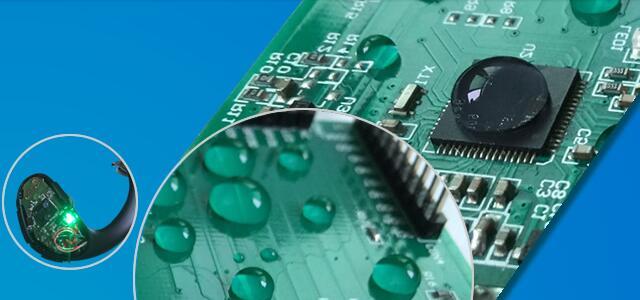About us
FASTPCBA Co.,Ltd
-
 Building 1, Senyang Electronic Technology Park, Guangming High-tech Park, Yutang Street, Guangming District, Shenzhen City.
Building 1, Senyang Electronic Technology Park, Guangming High-tech Park, Yutang Street, Guangming District, Shenzhen City.
-
 F:86-13418481618
F:86-13418481618
-
 pcba13@fastpcba.cn
pcba13@fastpcba.cn
 date:2019-08-29 18:09:22
date:2019-08-29 18:09:22
What is PCB circuit boards’ corrosion process?
PCB circuit boards are widely used in electronics, computers, electrical appliances, mechanical equipment, etc. It is the support of components, mainly used to connect components to provide electrical, the most common and widely used 4 and 6 layer boards according to the industry application, different levels of PCB layers can be selected.

Corrosion process of PCB circuit board:
The etching process of the printed circuit board is usually completed in the etching tank. The etching raw material used is ferric chloride. The solution (FeCL3 concentration 30%-40%) is inexpensive, the corrosion reaction rate is slow, and the process is easy to control.Which is suitable for corrosion of single and double-sided copper clad laminates.
The corrosive liquid is usually prepared by adding ferric chloride and water. The ferric chloride is a khaki solid and is also easy to absorb the moisture in the air, so it should be sealed and stored. When disposing ferric chloride solution, generally use 40% ferric chloride and 60% water, of course, more ferric chloride, or use warm water (not hot water to prevent paint from falling off) can make the reaction faster. Note that ferric chloride has a certain degree of corrosiveness. Try not to touch the skin and clothes. The reaction container is made of cheap plastic pots, which can hold the pcb circuit board is okay.
Corrosion of the PCB circuit board from the edge, when the unpainted copper foil is corroded, the circuit board should be taken out in time to prevent the paint from falling off and corroding the useful circuit. At this time, rinse with water, and scrape off the paint with bamboo etc (the paint comes out of the liquid and is easier to remove). If it is not easy to scrape, just wash it with hot water. Then dry it and sand it with sandpaper to reveal a shiny copper foil. Then a printed circuit board is ready.
After the printed circuit board is corroded, the following processing is performed after the printed circuit board is corroded.
1. After removing the film from circuit board and rinsing it in hot water for a period of time, the film can be peeled off. The uncleaned area can be cleaned with a thinner material until it is clean.
2. Remove the oxide film. After the printed circuit board is dried, wipe the dust on the plate with a cloth to wipe off the oxide film on the copper foil to make the printed circuit pad expose the bright green color of the copper.
It must be noted that when wiping the copper foil with a cloth, it should be rubbed in a certain fixed direction so that the reflective direction of the copper foil is uniform, which looks more beautiful. Rinse the polished printed circuit board with water and let it dry.
3. Applying flux to facilitate soldering, ensure the conductive performance of the printed circuit board and prevent rust. After the printed circuit board is made, first apply a flux on the copper foil of the printed circuit board to prevent oxygen.
 Building 1, Senyang Electronic Technology Park, Guangming High-tech Park, Yutang Street, Guangming District, Shenzhen City.
Building 1, Senyang Electronic Technology Park, Guangming High-tech Park, Yutang Street, Guangming District, Shenzhen City.
 F:86-13418481618
F:86-13418481618
 pcba13@fastpcba.cn
pcba13@fastpcba.cn